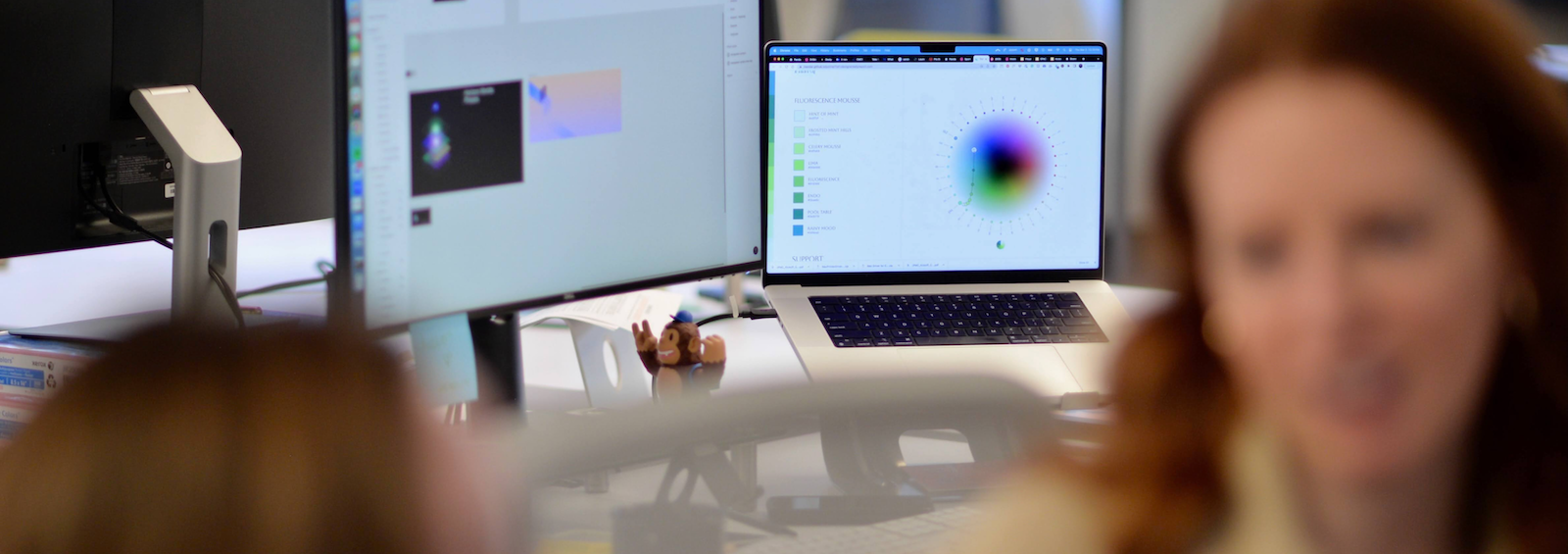The power of evaluative research
Every product, service, and experience is unique and can transform a consumer's way of life. That's why understanding the target audiences' demands is essential.
Concept evaluation safeguards your capital and collects data to inspire thoughtful solutions. It's beneficial to conduct interviews and surveys to gauge reactions and identify potential improvements. You should gather insights throughout your design phase, shifting plans when needed to reach your product's full potential.

What is an evaluation method?
A concept evaluation service is a strategy to understand consumers' needs, thoughts, and feelings regarding potential products, mockups, and prototypes. This market research method provides concrete evidence to guide you toward a triumphant market entrance.
These market research strategies primarily come in two forms:
- Qualitative: Qualitative concept evaluation strategies include personal interviews to understand how users react to your products or services. This method allows the designers to understand aspects that appeal to and displease your audience directly.
- Quantitative: Valuable insights and data from many participants provide a numerical value to paint a clear picture of how products satisfy user needs. An example of this involves using surveys to ask individuals to rate their experience on a scale of one to ten.
What are concept evaluation services?
Concept evaluation gathers what potential consumers think about your proposed offerings. These solutions can be precious in assessing attitudes and feelings at various project stages, providing you with meaningful information to alter your designs.
- Pre-design: Speak openly with consumers to tailor your designs to fit their needs best.
- Design and development: Question users about current ideas and prototypes to learn what future changes they want to see.
- Final evaluation: Gain crucial information about user experiences to ensure your offerings fulfill their goals.
What is product evaluation?
Businesses can utilize product or prototype evaluations to gauge the success of their goods or services with potential customers. This systematic process provides insights to ensure products meet industry standards, minimize defects, streamline usability, and match audience needs.
What is concept testing?
A concept testing service is an early-stage market research strategy used to understand the likelihood of a successful product launch. By interacting with targeted consumers, businesses can better understand their designs' effectiveness and any potential changes before the official release.
Concept evaluation with Blink UX
Creating an open dialogue with your customers is critical to any successful product or service. Blink UX specializes in concept evaluation services and is ready to provide insightful consumer information and help future-proof your products.
Blink is an evidence-driven organization offering businesses comprehensive and effective concept evaluation services to businesses worldwide. Our analysts and researchers have vast experience from diverse backgrounds and industries, providing you with a wealth of information. We'll learn about your goals and design evaluation strategies to give your business valuable insights. Need to evaluate the success of a new or existing product? Contact our team.



